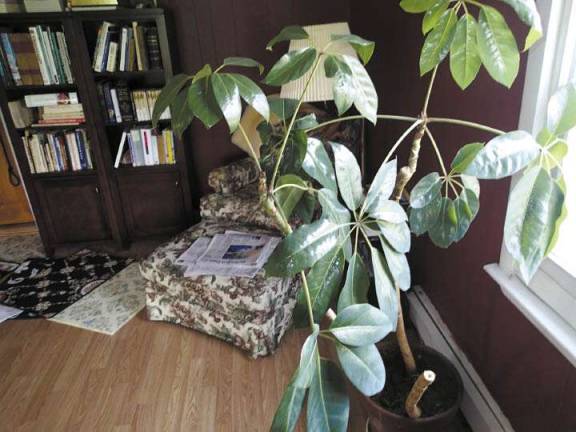Friends in the Dead of Winter

Where to turn when the weather sours and boredom sets in
After a few hard frosts and a blanket of snow, it feels like someone hit the slow-mo button. All of a sudden, there seem to be enough hours in the day ? more than enough.
It's too cold to keep the baby outside for hours, and there's nothing going on in the garden, anyway. It'll be months still until it's time to tap the maple trees. We start illegally downloading Sunday night football games, training our goats to dance, spiking our afternoon green tea with whiskey. Yep, we get bored.
For a few weeks, I mope. I imagine all the fun I'm missing out on in cozy apartments in the city. But once I've spent a weekend in those cozy apartments, which I actually find too hot, and gotten my fill of talk about what psychotropic drugs everyone's shrink has them on, and paid too much for eggs that aren't as good as the ones our chickens lay, I am ready to come home and hunker down around the wood-burning stove.
I begin to adjust to the longer wavelengths of winter. While the baby naps, I discover that I have time to sketch, or read an entire New Yorker article by Michael Pollen on plant intelligence. Did you know that a bean plant can sense the presence of a metal pole, possibly using echolocation? That some plants produce caffeine so that their nectar will be remembered by bees, which will then be more faithful pollinators?
I'm not sure if it was the Pollen article, all eleven pages of it, or lots of time spent indoors, but I've been feeling a new level of appreciation for my house plants. In the bedroom, we've got for company a Meyer lemon tree, which shed most of its leaves after being shipped from a nursery, but which nonetheless continues to pop out dozens of flower buds that might, incredibly, become lemons.
Our bathroom buddy is a jade, whose plump round leaves look a little shriveled, probably a result of my increased attention. Jade plants seem to fare best when we forget all about them. We could fit more plants on the recessed sill there, and in the spring I do jam pack it full of seedlings, but there's something sophisticated about that solitary plant framed by the orange curtains and set off by the white of the snow outside.
A couple rooms get only get a bit of late afternoon light, but that turns out to be enough to nurture a pair of flamboyant orchids and a tropical tree with waxy leaves. This tree, the undisputed dominant plant in our dilapidated little house, came to us last winter because it had gotten too big for my dad's apartment. We stuck it in our trunk after a visit, then left it there when we got home, in sub-freezing temperatures. The next morning when we brought it inside, it looked okay, but I had a feeling it wasn't.
Its leaves turned yellow and fell off. Every day it looked more pathetic. I was tempted to toss the tree into the compost and be done with it, but it was a serious thing to kill a tree you'd been bequeathed, and it was only right that we should suffer along with it. We left it in the corner, giving it just a bit of water every now and then, and replacing the dirt that the baby enjoyed taking from the pot and placing on the rug. But I assumed it was hospice care.
Then, in the spring, from the striations where the leaves had fallen, peeped little green triangles. The tree leaned toward the window and erupted into lavish foliage. When I re-potted it this fall, I pruned one of its three trunks, or we wouldn't have been able to see out the window.
It would be anthropomorphic to call the tree contented. But when I plop into the armchair next to the tree, with the paper and a mug of green tea and whiskey, I am.
Becca Tucker is a former Manhattanite who now lives on a farm upstate and writes about the rural life.